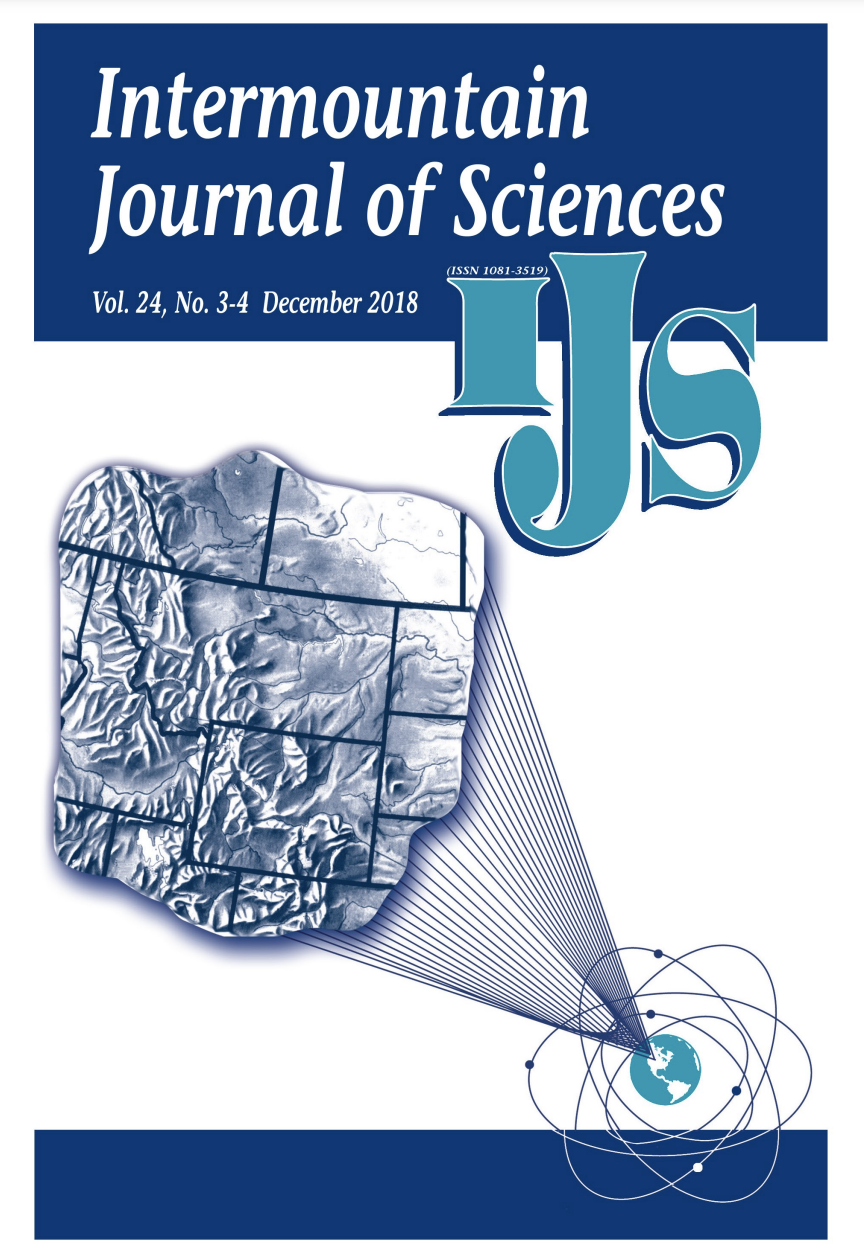Assessment of the Occurrence and Distribution of Unpermitted Wastewater Treatment Systems Along a Section of Bozeman Creek and Identification of Recommendations to Address Fecal Contamination
Abstract
Introduction - Bozeman Creek is considered “impaired” because sediment, nutrients and E. coli are at levels that impair the use of water for beneficial purposes such as irrigation or recreation. These E. coli can come from wildlife, livestock, pets or leaking septic tanks. Previous monitoring points to wastewater from septic systems as a major source of contamination to this stream. The research goal is to assess the impact of unpermitted wastewater systems on Bozeman Creek and to identify recommendations to address aging septic systems.
Methods - Online Health Department records are being reviewed to research the following questions: 1) What percentage of septic systems along a defined area of Bozeman Creek are unpermitted and what are their locations? 2) What percentage of permitted systems along a defined area of Bozeman Creek are >25 years old, and what are their locations? Additionally, a literature search is being conducted to identify best practices for the department and partners to address the status of onsite wastewater treatment along Bozeman Creek. GIS model is being created to assess which properties are most at risk of contaminating the creek.
Results - 34 properties were identified along the portion of Bozeman creek; 47 % of these properties lack septic system permits. Of those with permits, 56% are systems 25 years or older. Development of a GIS risk assessment model is underway.
Conclusions - The results of this project will be useful to health department staff to address wastewater sources contaminating Bozeman creek and serve as a model for other waterways.

